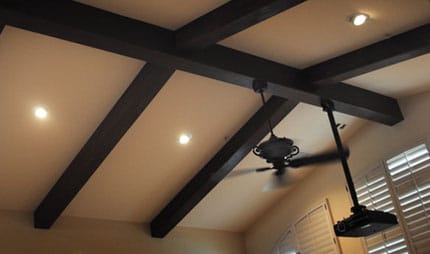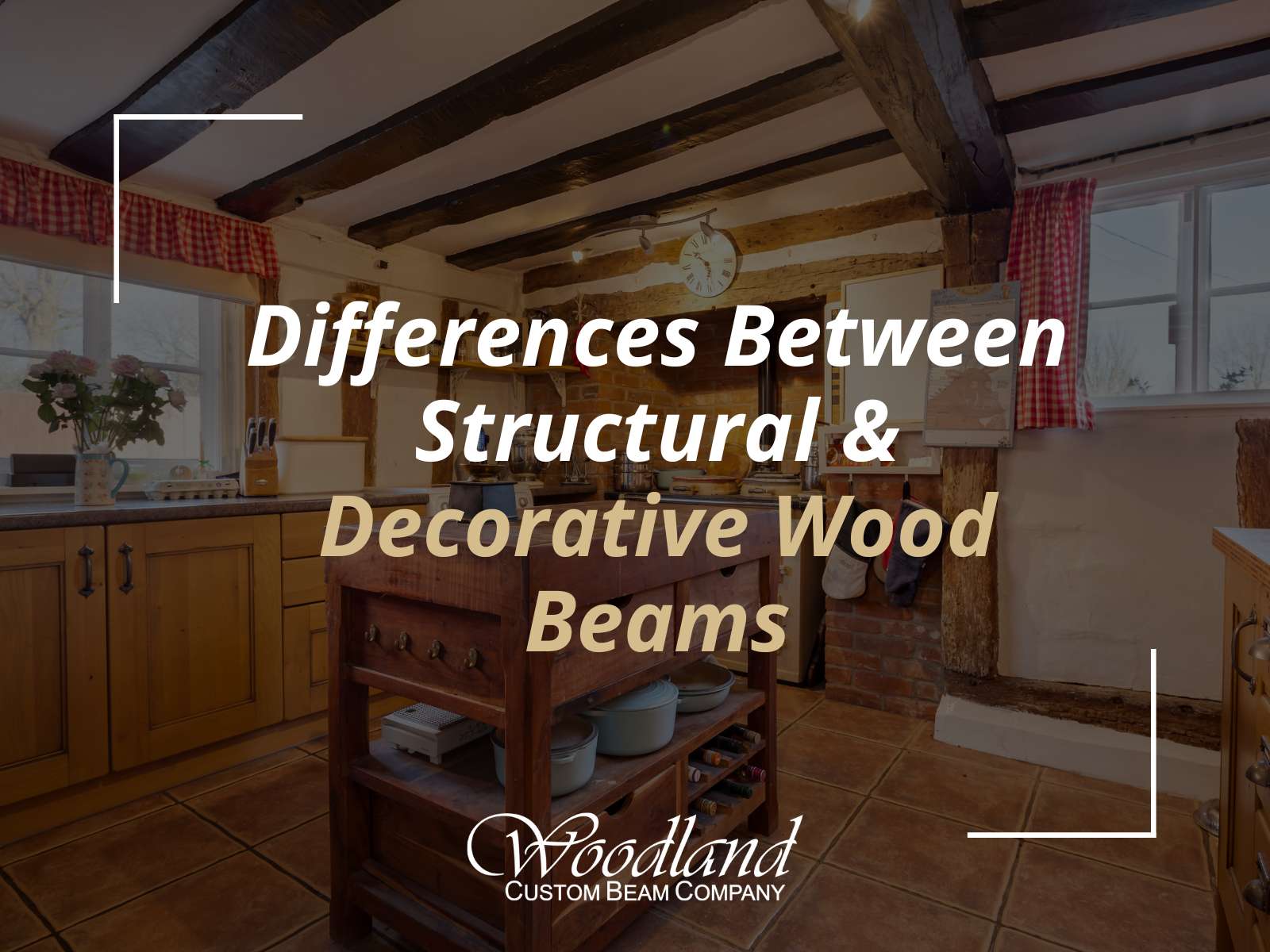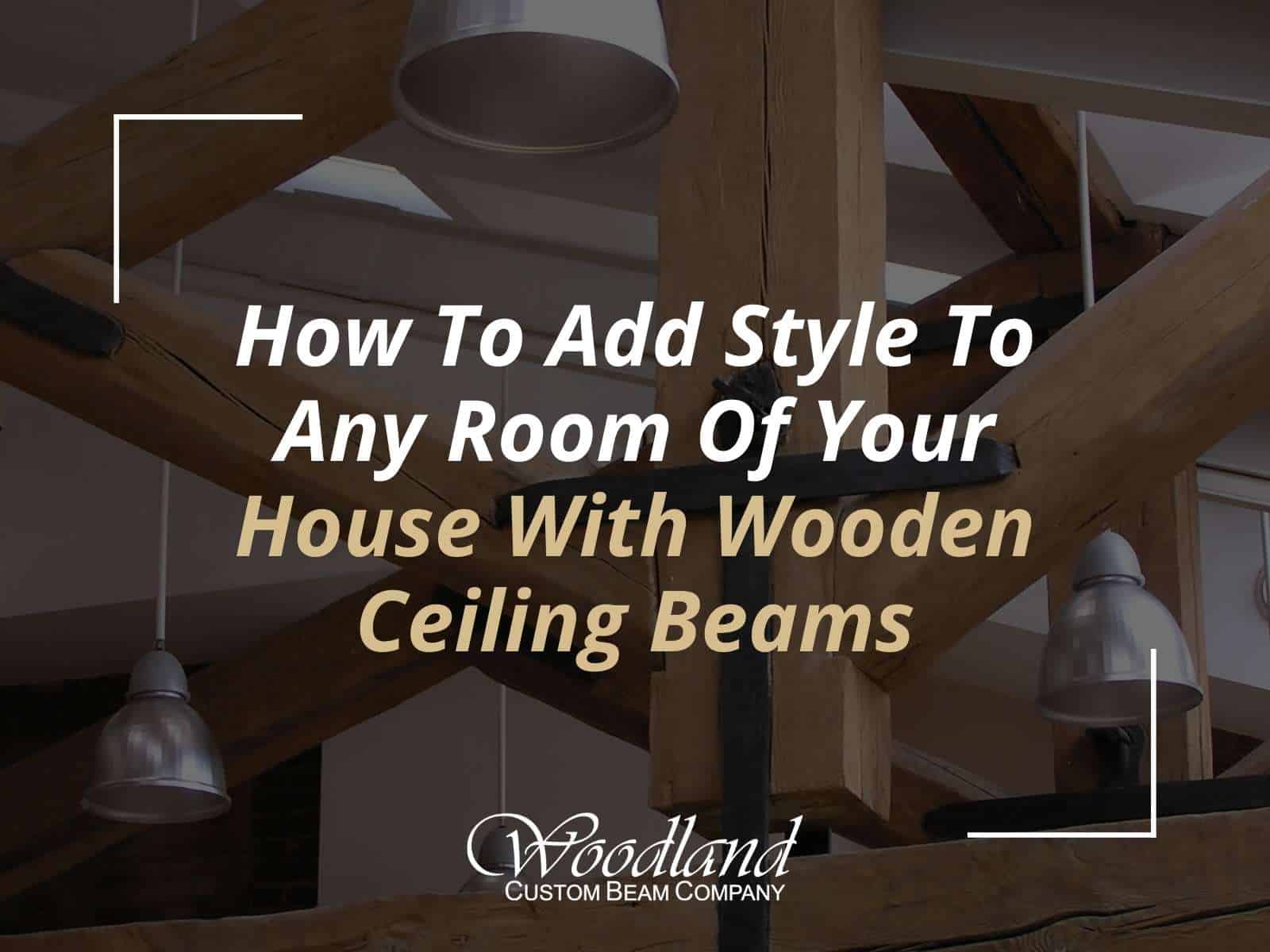Glossary By Woodland Custom Beam Company

-
Box Beam
- Box beams are made from 1 inch boards that are angled at the edges so that they fit together into a hollow box configuration. This makes the beam much lighter than a solid wood beam, allowing it to be used in pre-existing homes without the need for reinforcements. They are also more affordable, easier to work with, and do not split, crack, or twist like a solid wood beam can. Box beams can be made from the wood of your choice, are available in any size, and are indistinguishable from solid wood beams. They are used to add aesthetic appeal to any room.
-
Alder Beam
- Alder beams, made from the wood of the alder tree are both beautiful and durable. Varying types of alder tree can be found all over the world, and throughout history alder wood has been used for almost everything imaginable. Today alder wood beams are desirable due to their affordability and versatility. Alder wood beams can be stained to mimic many other types of wood.
-
Cedar Beam
- From earliest times, all around the world, cedar has been one of the most coveted types of wood. Cedar has an attractive appearance and a pleasing aroma. It has a straight even grain that is still visible after staining or finishing. Some people prefer to leave cedar beams unfinished for a more natural appearance and to preserve the aroma.
Luxurious patterns and colors can be seen throughout cedar beams. Cedar possesses a natural resistance to rot, insects, humidity and warping. It also resists the spread of fire, and all in it all, remains one of the most desirable choices for building.
-
Wood Grain
- The short definition for wood grain is the alternating areas of lighter and darker colored wood. Wood grows in concentric layers around the tree beginning with the outer bark, then the cambium, the sapwood, the heartwood, and ending with the pith in the very center of the tree. You can see these layers when you slice through the trunk.
The cambium is the layer of live cells that manufacture the wood for the tree to grow. It generates two different types of wood cells, most of these are long narrow cells running the length of the trunk and those are what give the wood its grain. Because of the way in which trees grow every board has a definite grain. The grain can be made to appear differently depending on how the wood is cut.
Additionally, when a tree is sliced open you will see small depressions called pores. Types of wood with small pores are called closed grain and types of wood with large pores are called open grain.
-
Finish
- The term finish refers to the final texture and appearance of the wood’s surface. It can also apply to a protective coating such as a stain or varnish spread over the surface of the wood. The finish can be transparent (see through), translucent (partially see-through), or opaque (solid). A transparent finish can be used to protect and enhance the wood or a stain can be used to change the color of the wood, while still allowing the grain to show through. Additionally finishes can be glossy, satin, or flat as well as rough or smooth.
-
Rough Sawn Beam
- Rough sawn beams refer to beams that possess a more rustic appearance, showing the teeth marks of the saw used to cut them. They tend to develop a beautiful soft patina as time goes by. Authentic rough sawn beams can be seen in structures dating back to the Civil War era.
-
Free of Heart Center
- The heart center is the soft center core of a log. Boards containing heart centers usually contain complete circles of growth rings. It is often considered inferior as it is weaker and much more prone to moisture damage, swelling, shrinking, twisting and warping. Therefore lumbar that is free of heart center is of higher quality.





